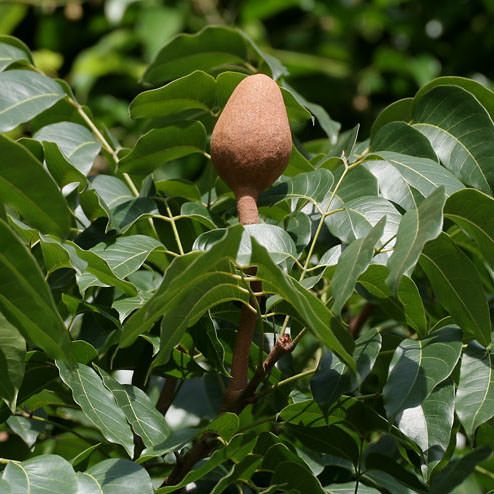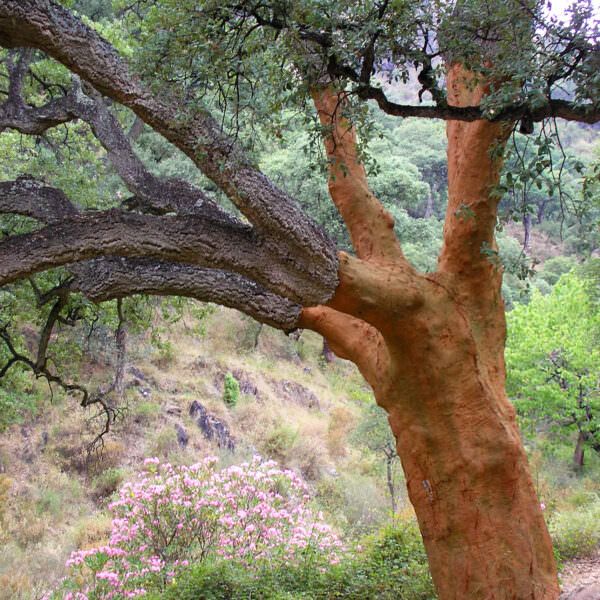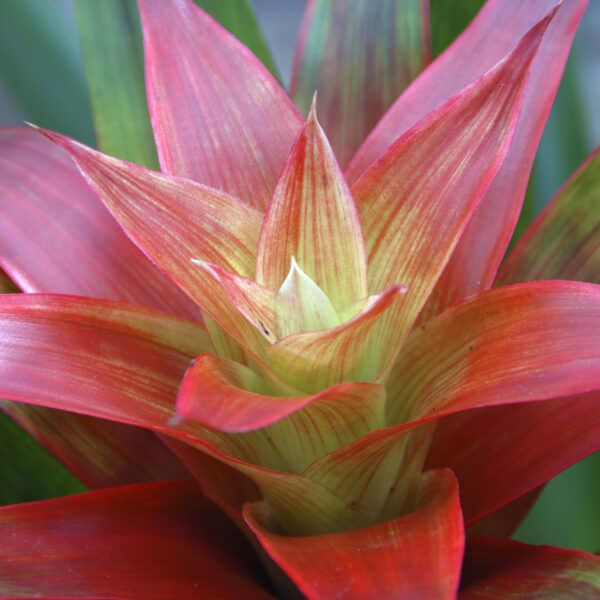We're All In
Together, we're building a future where people and nature thrive. Sign up today and join our movement...
Botany
Known as yaxox in Mayan, the ramón tree stretches to heights of more than 120 feet and provides habitat and nutrition for an array of rainforest residents. The base of its trunk—typically between 3 and 5 feet in thickness—features external roots, which provide support for the tall tree. Its bark is thin, smooth and whitish-grey in color with a sticky, milky sap inside. Humans commonly eat the orange fruit it produces, as well as the small, bright green seed (called, alternatively, a ramón nut, Maya nut, and a bread nut) contained within it.
Habitat
Indigenous to parts of Central America, South America, and the Caribbean, the ramón tree is found in tropical rainforests, deciduous tropical forests, thorn scrub, and hillside forests. Though it is native to moist forests, it is unique for its tolerance of drought conditions and is typically one of the most abundant trees in a forest ecosystem—an indication of its centuries-long cultivation by indigenous communities.
Significance
While the white, dense, and fine-grained wood of the ramón tree can be used in general construction projects, the tree is most valued as a source of nutrition. The ramón nut is extremely high in fiber, calcium, potassium, folate, iron, zinc, protein, and vitamins A, B, C, and E. When dried, it can be stored for up to 5 years without spoiling, making it an important food source in regions with frequent periods of drought and food instability. It tastes similar to a potato and can be eaten raw, boiled, or roasted; combined with corn, it creates the foundation for many baked goods, including cookies and tortillas. Ramón nuts were also once used medicinally by the Maya to detoxify the liver and promote lactation in nursing women.
What We're Doing

Ramón nut co-op member
Photo credit: Carlos Duarte
The Rainforest Alliance—along with a number of partners—is working on an innovative project called “Healthy Kids, Healthy Forests” to bring the affordable, nutrition-rich ramón nut to rural and indigenous children in Guatemala’s Maya Biosphere Reserve. In addition to providing a valuable source of food for communities threatened by malnutrition, the sustainably harvested nut is also providing a responsible source of income. Local children participate in the “Healthy Kids, Healthy Forests” program by collecting ramón nuts from the forest and bringing their hauls to the community bakery. The bakery, which is owned and operated by women, creates fine flour from the ramón nut and distributes it to schools in 46 rural communities. The schools then use the flour to prepare wholesome school lunches for their students. Thanks to their work with Alimentos NutriNaturales, products derived from the ramón nut have also found a market in the United States.



